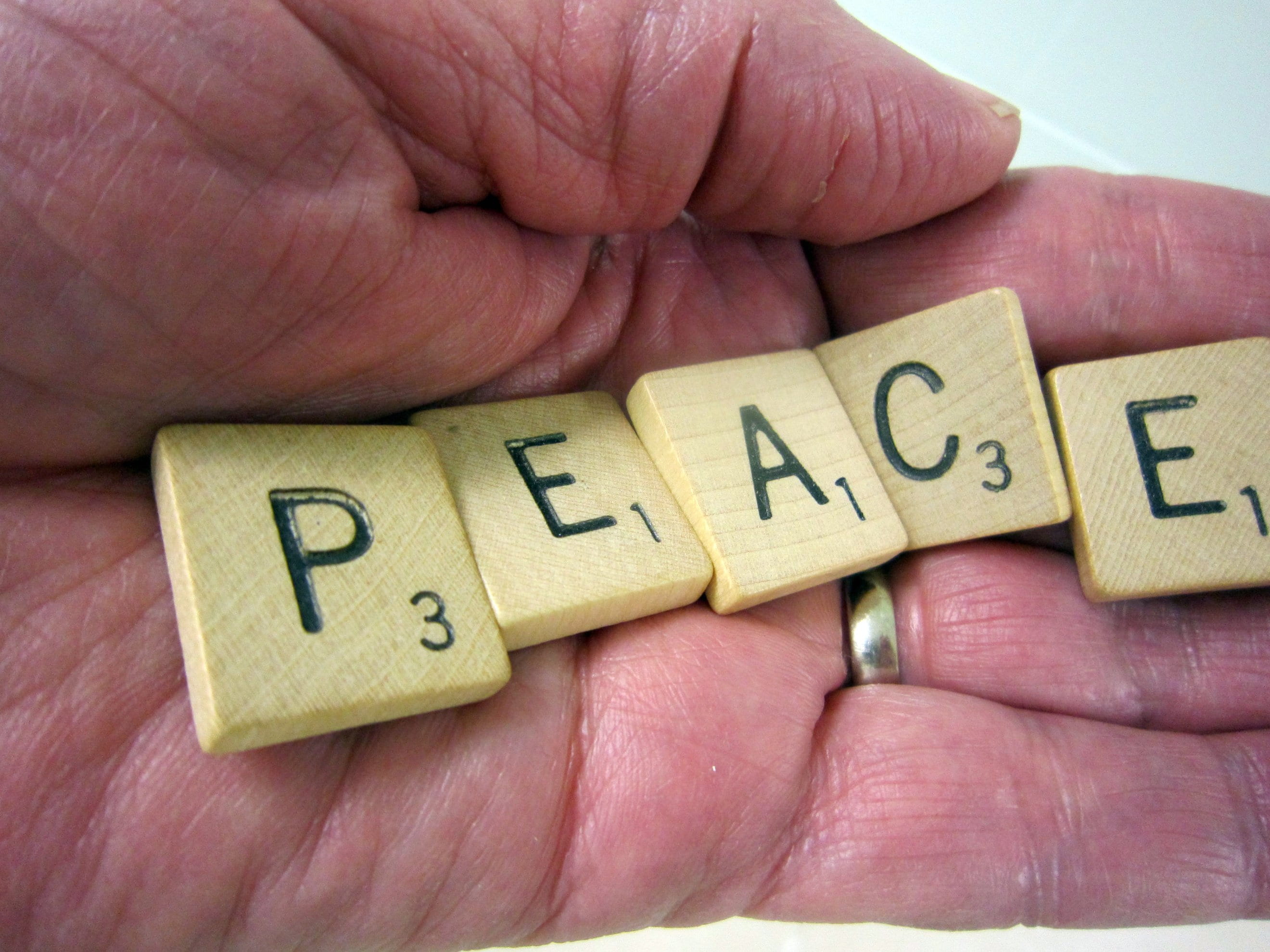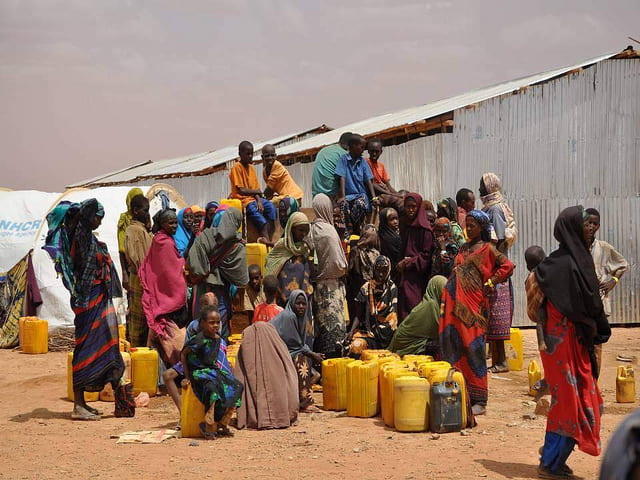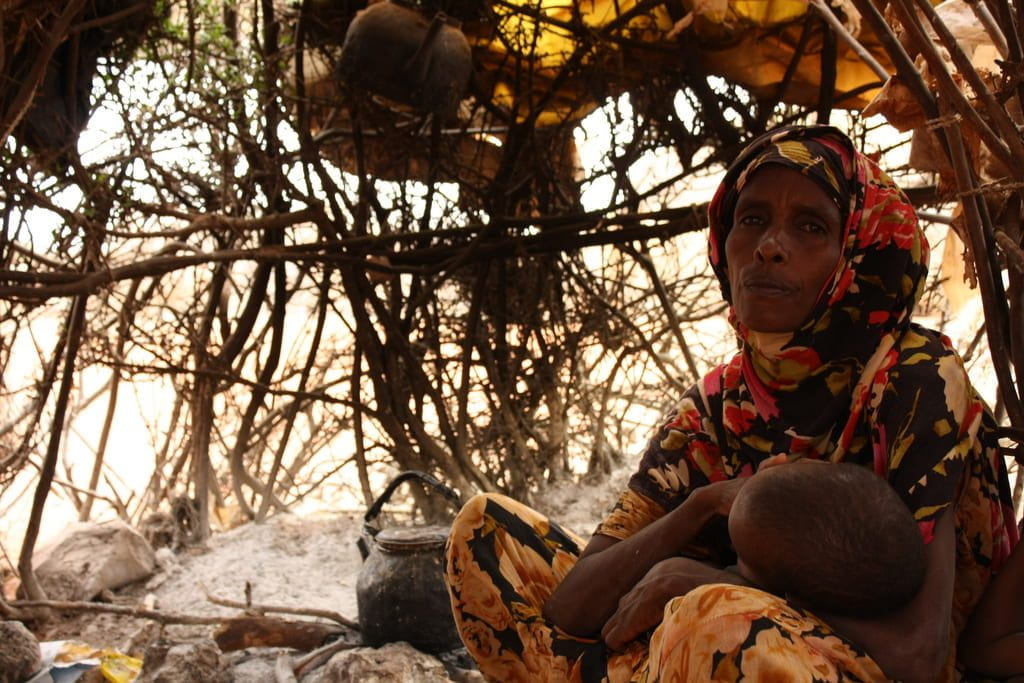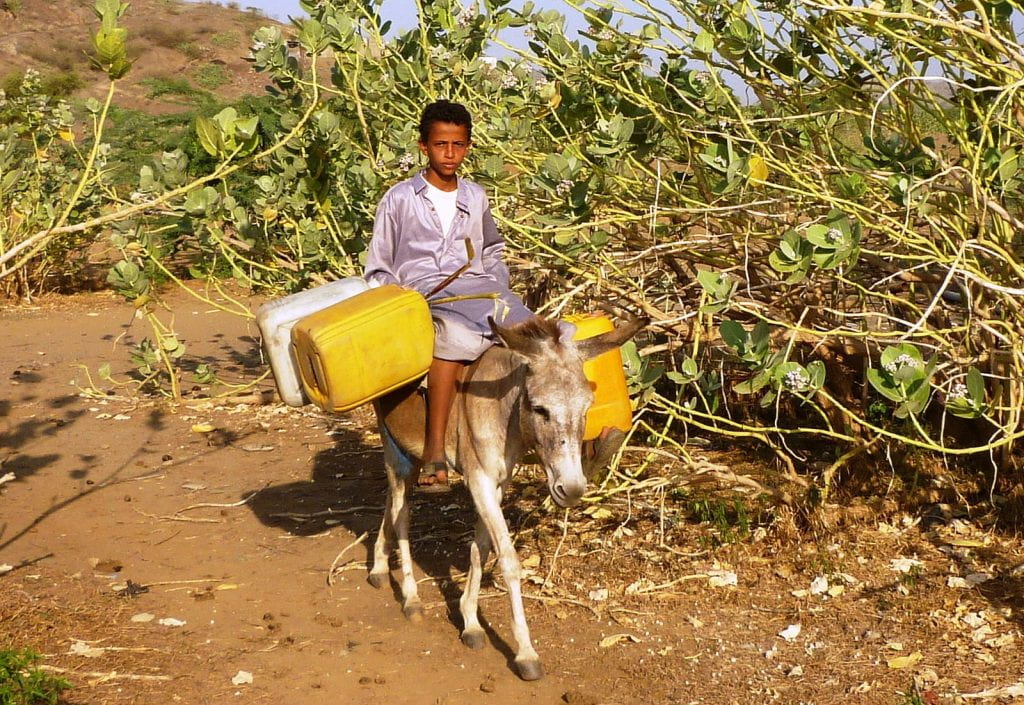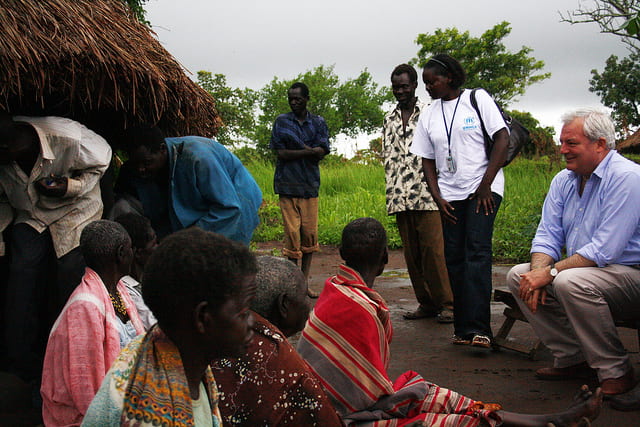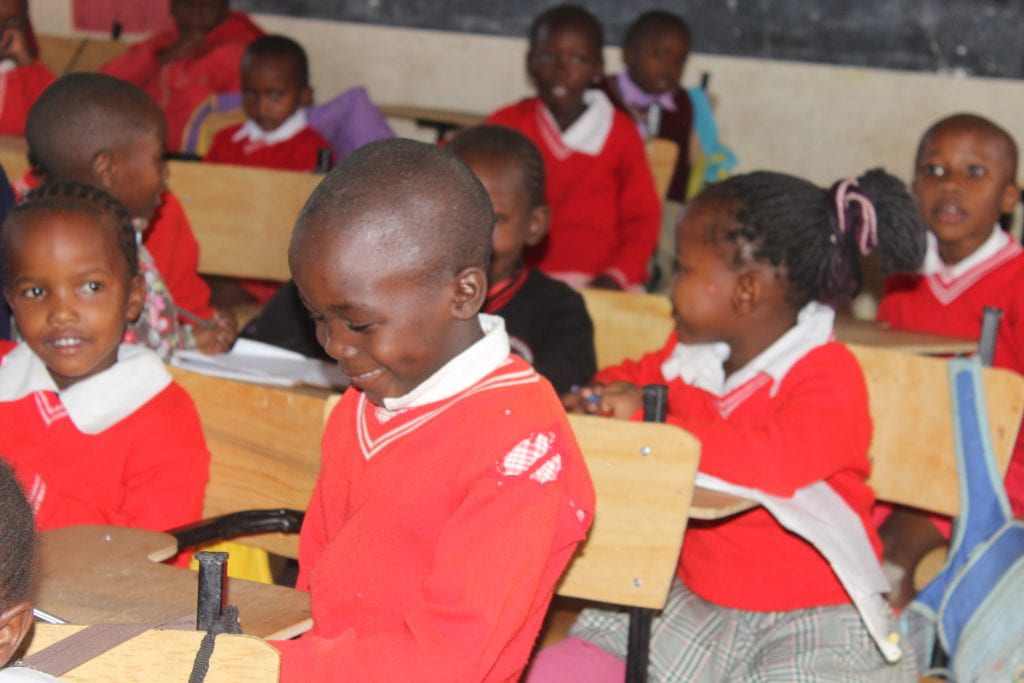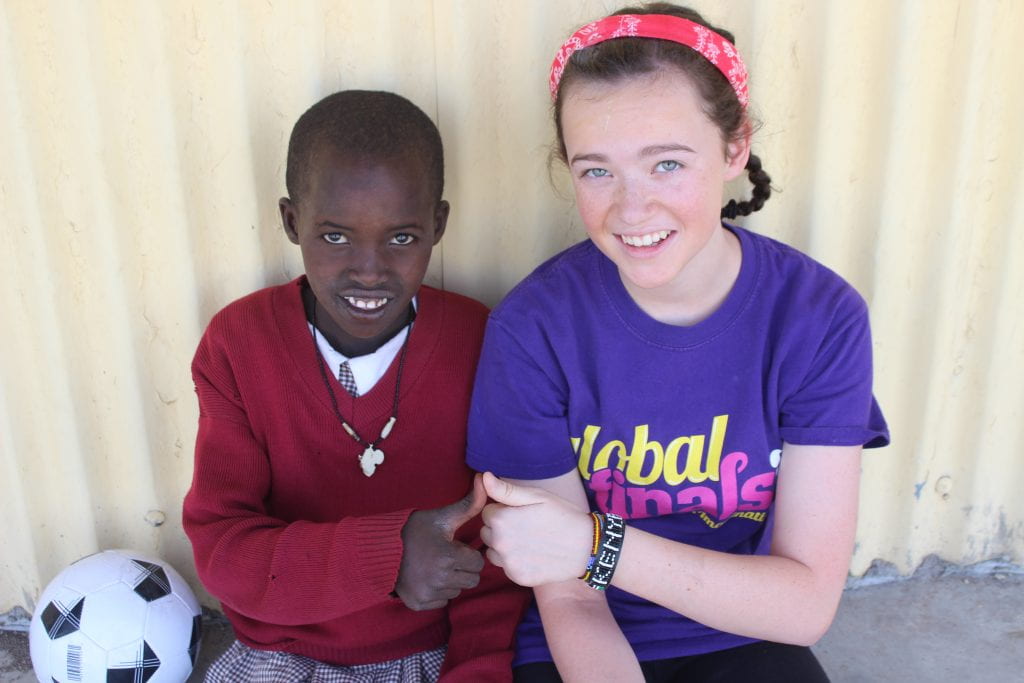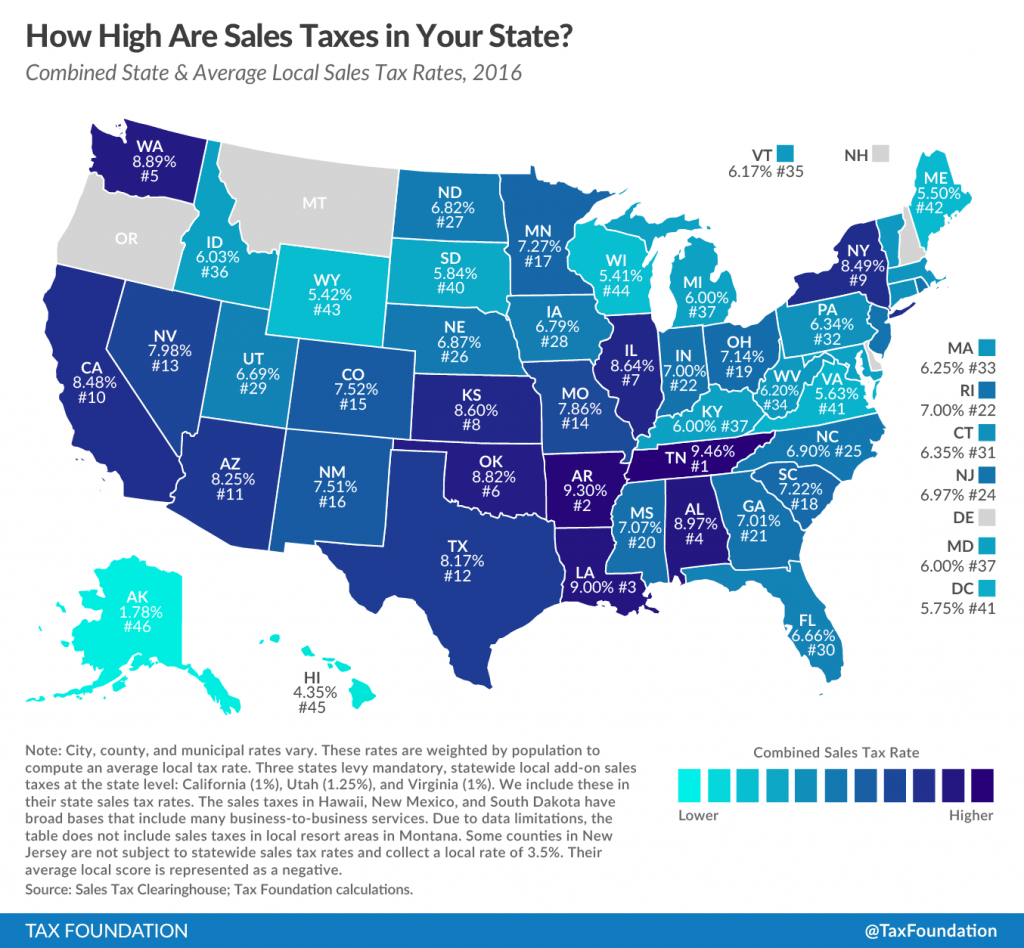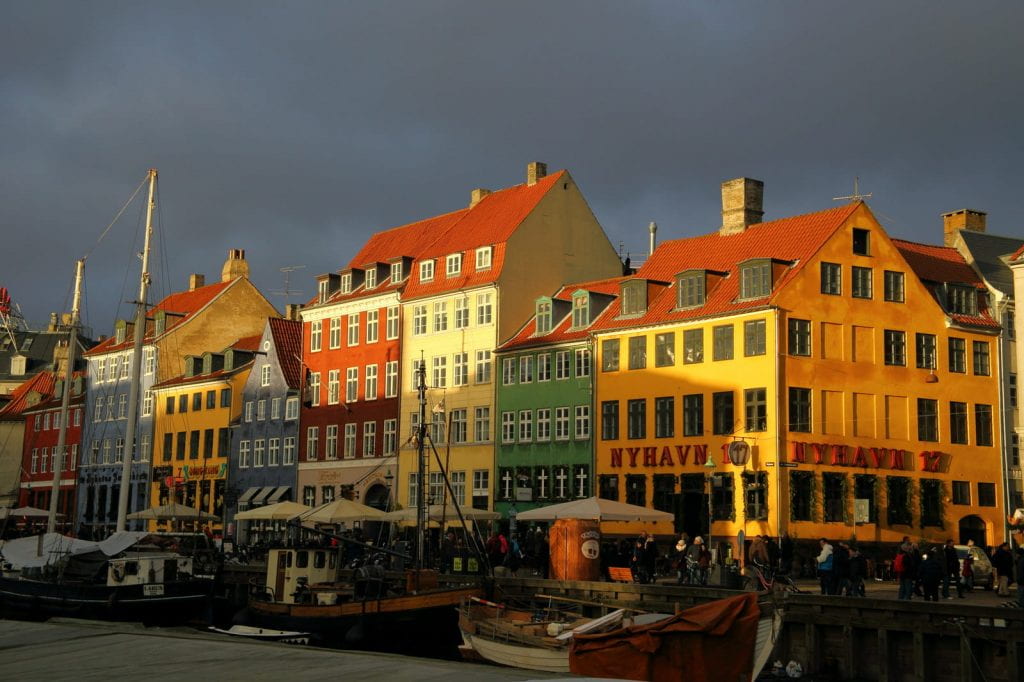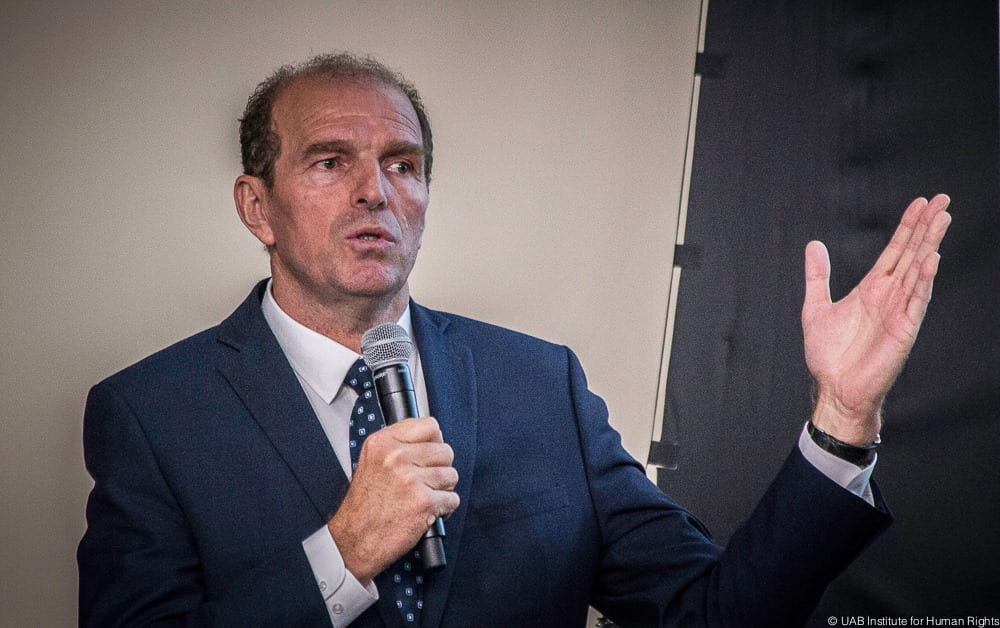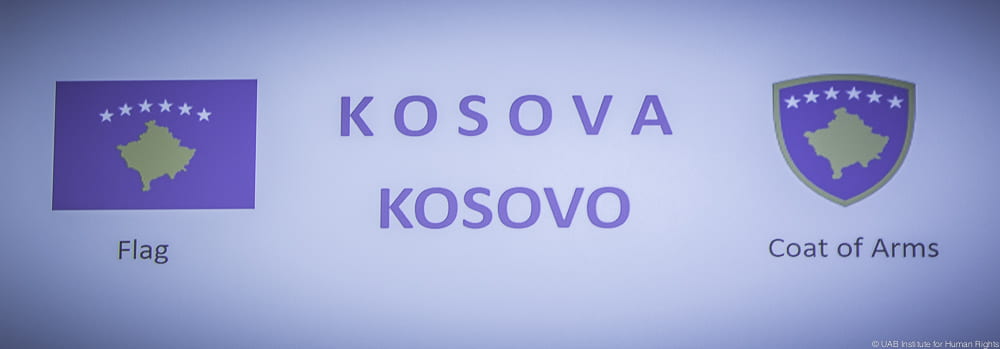Disclosure: The author is currently enrolled in Professor Eisler’s UAB course, “Cultural Transformation Theory” through the Department of Anthropology. Some statements in this post result from class session discussions and personal interactions between Professor Eisler and Nicholas Sherwood.

Riane Eisler is a peacemaker. She is an attorney. A researcher. A mother. A grandmother. She is also a Holocaust survivor. On October 26th 2017, UAB’s Department of Anthropology and Institute for Human Rights hosted Eisler to deliver a keynote address to the annual Peace and Justice Studies Association conference held in Birmingham, Alabama. Eisler’s address to the UAB, PJSA, and Birmingham communities served as a call-to-arms for the audience members to embrace a complex and nuanced understanding of peace-through-partnership. Eisler posited the normative value of peace can only be internalized and implemented once a systemic understanding of peace has been embraced by intellectuals, activists, and advocates alike.
Eisler’s analytic framework is housed within the intellectual school of systems theory. In her case, a systemic approach to culture makes room for the total sum of human interactions, from the micro intrapersonal level, the intermediary levels, to the the macro transnational level. This interdisciplinary approach encourages integrative research from many fields of study to understand cultures themselves and how to transform cultures of domination towards cultures of partnership. To study partnership and dominator societies, Eisler and other researchers affiliated with the Center for Partnership Studies (CPS) utilize a vast array of academic disciplines, including biology, functional neuroscience, psychology, anthropology, and political science. Eisler’s most prolific work, The Chalice and the Blade, marked the beginning of her scholarly oeuvre, and first introduced Cultural Transformation Theory (CTT) to the world-at-large. The central concept of CTT is the “partnership-domination” continuum, whereby any given culture may be ranked according to specific identifying markers: family / childhood relations, gender relations, economic relations, and cultural narratives / language. A culture’s placement is influenced many factors. However, a fundamental differential between these two absolute points is the relative equality (or lack thereof) of both primordial halves of humanity: male and female.
Cultures with gender inequality lean towards a domination orientation, whereas cultures with gender egalitarian values lean more towards a partnership orientation. Furthermore, dominator societies are also marked by authoritarian ranking in all social relations (from the family level to the international level) and a high degree of accepted abuse and violence (again, from the familial to the international levels; Eisler, 1987). By contrast, partnership societies are noticeable by gender equality, egalitarian and democratic relations (from the family to the national level), and a low degree of built-in violence (Eisler, 1987). To orient a culture towards partnership and peace, four cornerstones of society must be addressed: 1) family / childhood relations, 2) gender relations, 3) economic relations, and 4) narratives / language (Eisler, 2017). Observing how a culture embodies these cornerstones offers the culture’s placement on the “partnership-domination” continuum, and any attempt to transform a cultures towards partnership must simultaneously attend to these four markers of a society’s norms and values.

First, family and childhood relations. Eisler’s book The Power of Partnership (Eisler, 2002), explores key relationships in every person’s life and how these relationships fundamentally orient an individual towards patterns of behavior aligning with partnership- or domination-based behaviors. For any individual, family and childhood relations set the template for relationships for the rest of her or his life. As children grow, they consciously and unconsciously adopt the behaviors they learn from their parents and family members. Values held by a family, such as embracing diversity or quashing the questioning of authority figures, can and do impact the socialization of a child.
Partnership societies typically socialize children to be empathic of others, tolerant of diversity, and explore the world with curiosity instead of fear (Rando, 2010). By contrast, dominator societies instill in children an unquestioning loyalty towards authority figures (typically the patriarch of the family), suspicion of Otherness, and a generalized fear of acting dis-concordantly with the norms of society. To create peace from the bottom-up, families must socialize their children to understand diversity is a ‘given’ of the human condition, empathy is a powerful tool to be used for good, and respect for authority may also mean resisting abusive or unfair treatment.
Eisler’s second cornerstone, gender relations, explores how cultures treat the fundamental difference between two halves of humanity: male and female. In dominator societies, conventionally feminine traits (such as caring and nurturing) relegated as being ‘lesser to’ conventionally masculine traits (such as aggression and violence; Eisler, 1987). Partnership societies tend to view genders as equal in right and measure (Eisler, 1987). This question of gender equality, according to Eisler, is critical to understanding how society views Otherness. Gender identity and expression are among the first identifiers a person assesses when meeting someone else, and how a society ranks (or chooses not to rank) this difference is critical to understanding conflict and peace within culture. Why do some cultures actively repress one gender in favor of another? Are rigid stereotypes socialized and expected in men and women? And what does this gendered system of ranking mean for other kinds of relationships? Eisler believes peace is impossible without taking a critical look at gender disparity across all cultures and societies.
The Real Wealth of Nations (Eisler, 2007) explores Eisler’s third cornerstone, economic relations. For a culture to move towards or sustain a partnership orientation, their economic system (whether socialist, capitalist, etc.) must promote caring policies that reward consumers and producers alike to engage in industries that promote our innate human capacities, such as creativity, care-giving, and sustainable development (Eisler, 2007). Economic systems featuring rampant inequality between classes, the devaluation of caring work (such as caring for the elderly, traditional “house work”, and the empowerment of marginalized populations), and mechanisms of suppression are dominator-based.
Caring economics, a partnership approach, features the reward of caring work not only by capital, but also policies such as: paid maternity / paternity leave, universal healthcare, educational standards, and just treatment of employees in any job sector. The benefits of moving towards a caring economic system are mighty, including: gender equality in public and private sectors, reports of higher life satisfaction, higher profit margins for for-profit companies, higher customer satisfaction, and higher GDP; Eisler uses the successes of Scandanavian countries to support her economic hypothesis (Eisler, 2007). Companies that have adopted a partnership-orientation in their business model include: First Tennessee National Corporation, New Age Transportation, Johnson & Johnson, and Berrett-Koehler (Eisler, 2007).
Finally, with respect to the partnership-domination continuum, the particular narratives of a culture offers insight into the normative ideals enshrined in a society. Myths such as the “Original Sin”, a narrative common to many religions, espouse a dark view of human nature that features an underlying belief in a fatal flaw (or flaws) inherent to all members of humanity. Idioms such as “survival of the fittest” imply the human condition is typically competitive and warlike. These two examples belong to the domination paradigm of culture. Rewriting cultural narratives that sanctify norms such as love, acceptance, and mutual aid would reorient a society towards partnership. Anthropologists have long attempted to glean lessons from the myths and symbols found in societies; these same lessons can and should be applied in a modern context. Repeated stories become narratives. These narratives can become myths. While no myth deserves to be destroyed, as cultural erasure is a gross human rights violation, a reframing and re-contextualizing of dominator myths will serve to move a society towards peace.
An Eislerian peace process entails a cultural shift towards partnership values, with emphasis on four cornerstones of society: family / childhood relations, gender relations, economic relations, and narratives / language. Her systemic approach to peace promotion covers broad swaths of the human condition, and requires a working-through at all levels of society, from the macro, to the micro, and between. Eisler’s insights provide a new and necessary approach to peace promotion: peace is systemic.
Peace requires a conceptual breadth that transcends typical disciplinary lanes. Finally, to orient a society towards peaceful partnership will require a reconfiguration of the most basic elements of a society, from interpersonal relations to the global political system. Given our human potentials for domination and partnership alike, the choice to create and sustain peace is firmly ours to make.
References
Eisler, R. (1987). The Chalice and the Blade. New York, NY: Harper & Row.
Eisler, R. (2002). The Power of Partnership. Novato, CA: New World Library.
Eisler, R. (2007). The Real Wealth of Nations. San Fransisco, CA: Berrett-Koehler Publishers.
Eisler, R. (2017). Building a caring democracy: Four cornerstones for an integrated progressive agenda. Interdisciplinary Journal of Partnership Studies, 4(1).
Rando, L. M. (2010). Caring & Connected Parenting. Pacific Grove, CA: The Center for Partnership Studies.
